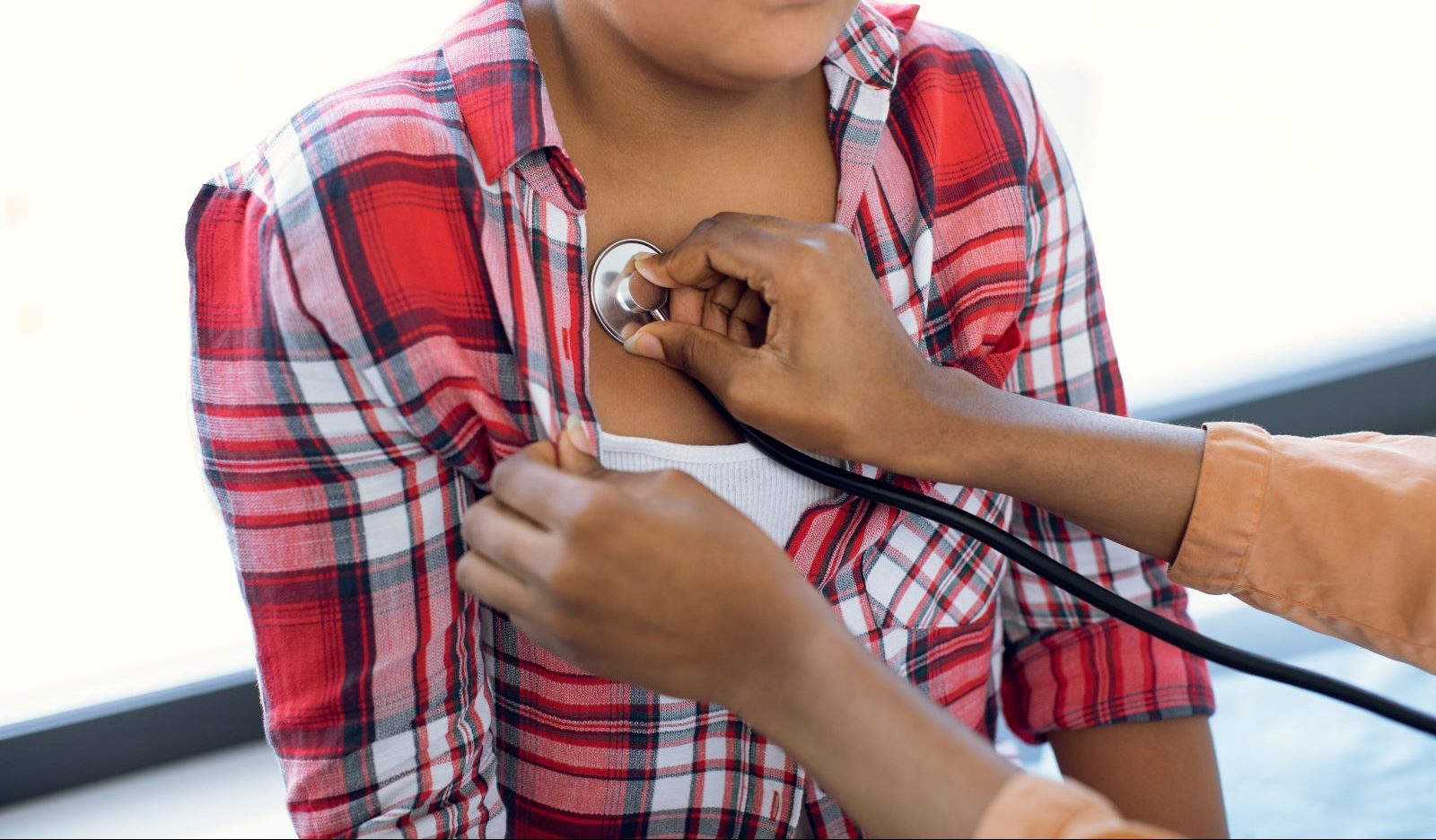Atrial fibrillation (AFib), a condition that causes the heart to beat too slowly, too quickly or irregularly, affects both men and women of all ages.
But everything from the risk factors to symptoms can be different in the two sexes.
“We don’t know why,” says cardiac electrophysiologist Paras Bhatt, MD, of Hartford HealthCare’s Heart & Vascular Institute, whose practice is based in Norwich. “The research has not explained the differences yet.”
Dr. Bhatt shares a few key differences in how AFib presents in men and women and what to do if you’re concerned.
AFib risk factors
Age is the main risk factor for atrial fibrillation for both sexes. But women are at greater risk specifically after menopause.
In addition, high blood pressure and heart valve disease are more likely to cause AFib in women.
AFib symptoms
For both sexes, typical symptoms of AFib include:
- Racing heart
- Palpitations (a feeling that your heart is fluttering or skipping a beat)
- Shortness of breath
- Chest pain
But women are more likely to experience some less common symptoms, including fatigue and weakness.
Women who are diagnosed with AFib are also at higher risk of stroke than men, and when they do have a stroke, it tends to be more severe.
AFib diagnosis
If you’re concerned about AFib, Dr. Bhatt recommends speaking with your primary care provider, who can discuss your symptoms and connect you with a cardiologist.
Tests to diagnose AFib include an electrocardiogram, which measures the electrical activity of the heart, or a 30-day monitor called an event recorder that manually or automatically records heart rhythms.
While there is no “cure” for AFib, the symptoms can be controlled and the risk for stroke can be reduced through medication or a procedure.
AFib treatments include:
- Blood thinners. Some of these medications have been shown to be less effective at preventing strokes in women.
- Medications to suppress AFib. This treatment is more likely to trigger heart rate problems in women’s bottom chambers of the heart.
- Atrial fibrillation ablation. This procedure uses heat or cold energy to create tiny scars in the heart to block the faulty electrical signals and restore a typical heartbeat.



